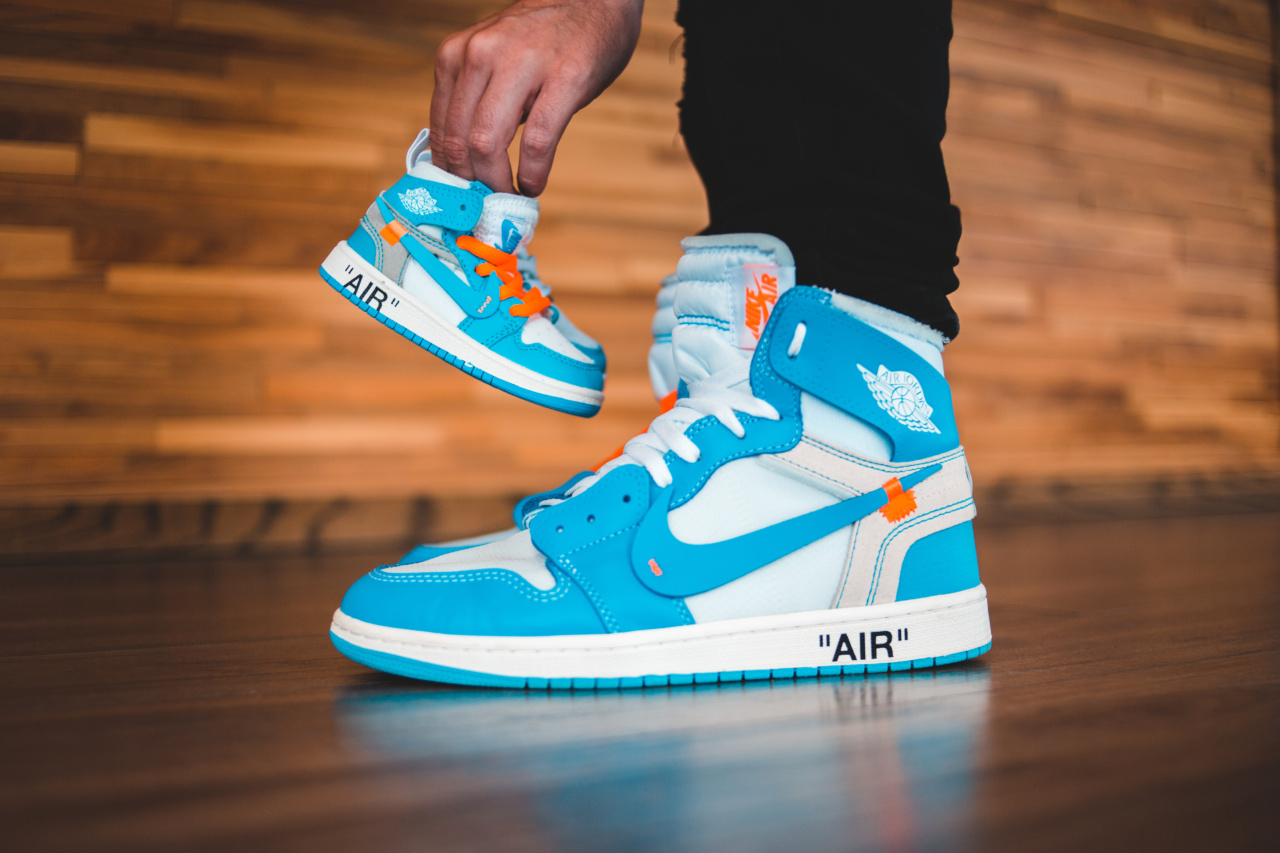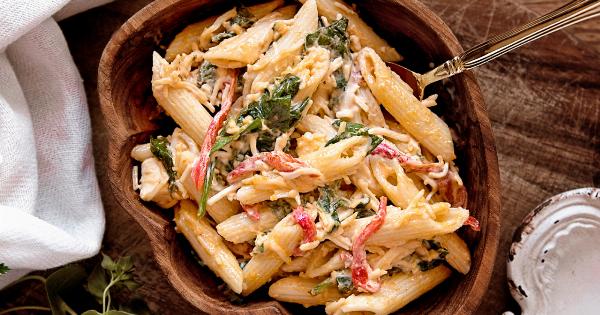When it comes to defining sizes for anything, there is a delicate balance between too big and too small. From clothing to electronics, and even in the world of business, dimensions matter.
In this article, we will explore various aspects of size and how it can impact different aspects of our lives, from physical measurements to perceptions and beyond.
The Importance of Size in Fashion
Fashion is an area where size matters a great deal. For the most part, people want clothing that is the right size, neither too big nor too small.
While some people may prefer oversized styles, there comes a point when excess material can overwhelm the body, causing the garment to look unflattering. Likewise, tight-fitting clothes can be uncomfortable and restrict movement, making them inconvenient to wear for long periods of time.
From a designer’s standpoint, size is a critical factor in creating clothes that fit well and flatter the human form.
While there are basic sizing standards, such as Small, Medium, and Large, every brand and designer has their own size system, which makes finding the right fit confusing for consumers.
In the digital age, technology is revolutionizing the way consumers shop for clothes.
Websites and apps like Stitch Fix and Threads Styling use algorithms and AI-powered tools to personalize clothing recommendations for customers based on their unique body measurements and style preferences. This technology is helping people find clothing that is just the right size, regardless of brand or label.
When it Comes to Food Portions, Size Matters
In the context of food, size can also have a significant impact on our health and daily intake of nutrients. We are all familiar with portion control, yet many of us still struggle with determining how much to eat.
In general, larger portion sizes lead to overeating, which can contribute to obesity and other health problems.
According to research by the National Heart, Lung, and Blood Institute, restaurants and fast-food chains tend to serve portions that are much larger than what a person needs in a single sitting.
For example, a typical burger and fries meal at a fast-food restaurant can easily exceed 1,000 calories, far more than the recommended daily intake for most people.
The key to maintaining a healthy weight and a balanced diet is to be mindful of portion sizes. This can be challenging, especially in our fast-paced, convenience-driven society, but there are many resources available to help us make better choices.
For example, apps like MyFitnessPal allow users to track their daily calorie intake and exercise activity, creating a personalized plan for achieving their health goals.
When it Comes to Business, Size can be a Barrier or an Advantage
The size of a business can have a significant impact on its success. In some cases, smaller companies may struggle to compete with larger ones due to the resources and financial backing available to bigger corporations.
However, smaller companies can also be more agile and adaptable, allowing them to pivot quickly in response to market changes.
On the other hand, larger companies may have more resources and established relationships with suppliers and vendors, giving them a strategic advantage in negotiating prices and securing better deals.
They may also have larger customer bases, allowing them to leverage economies of scale and invest more money into research and development.
Overall, the size of a business can be both a barrier and an advantage.
It’s up to the company’s leadership to determine the best approach for their unique circumstances, taking into account factors such as competition, market trends, and available resources.
Size Perception and Social Construct
Size is not only a physical measurement; it’s also a social construct. Society and culture influence our perceptions of what is considered “too big” or “too small” for our bodies, our homes, and even our cars.
In many cases, these perceptions are shaped by media and advertising, which can create unrealistic and unhealthy standards for individuals to strive towards.
For example, the fashion industry has traditionally favored thin, tall models, creating a narrow and exclusive definition of beauty.
This standard has been criticized for promoting an unhealthy and unrealistic ideal, leading to body image issues and eating disorders among young people.
Similarly, larger homes and cars are often seen as a status symbol, reflecting one’s wealth and success. However, this emphasis on size can have negative environmental impacts, such as excessive resource consumption and pollution.
Conclusion
In conclusion, the definition of what is too big or too small varies depending on the context and the individual’s perspective.
While size can be both an advantage and a disadvantage, it’s important to strive for balance and moderation in all aspects of our lives. Whether it’s in fashion, food, or business, finding the right size can be a challenge, but with the right tools and resources, it’s possible to achieve our goals in a healthy and sustainable way.





























